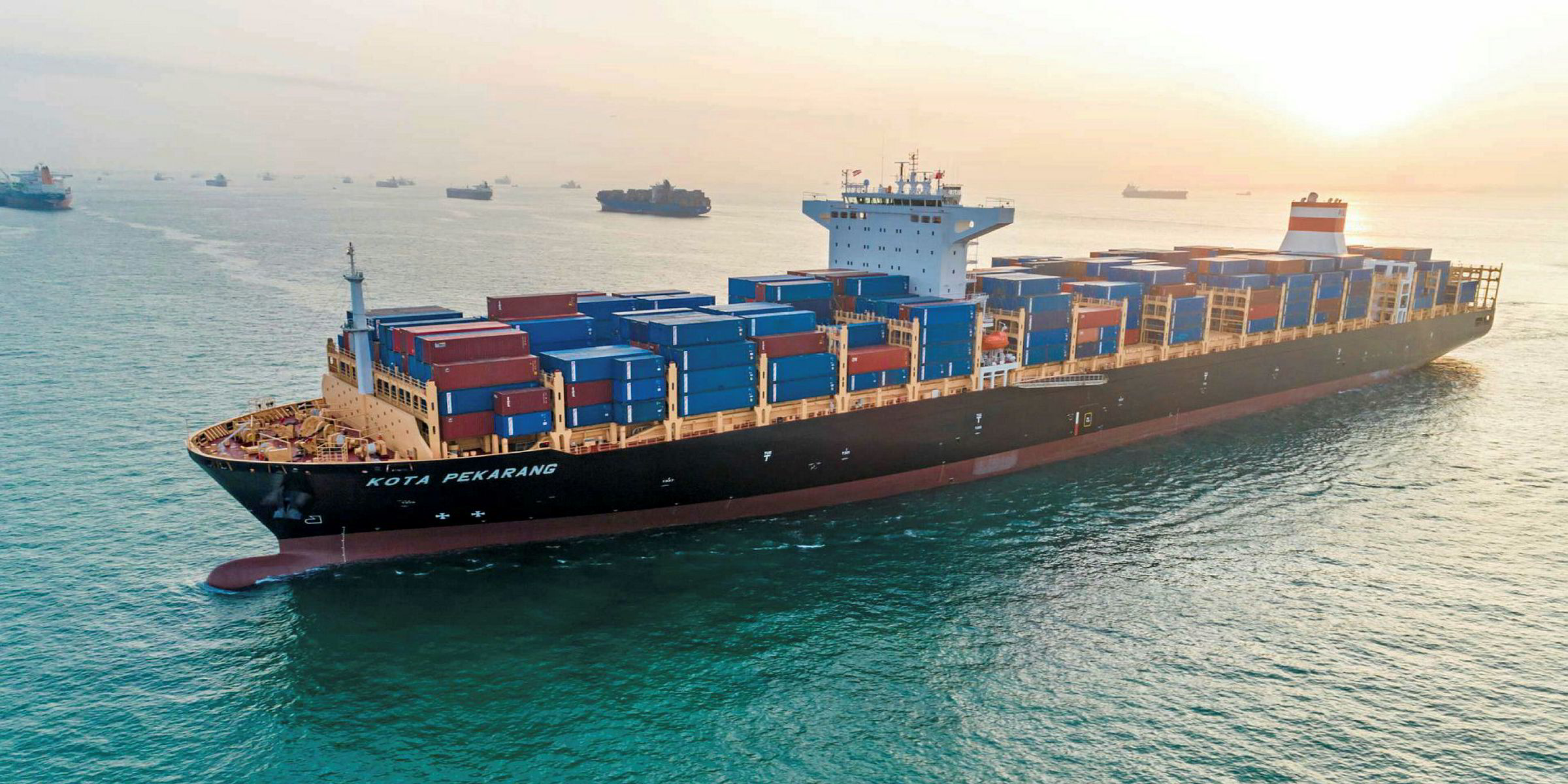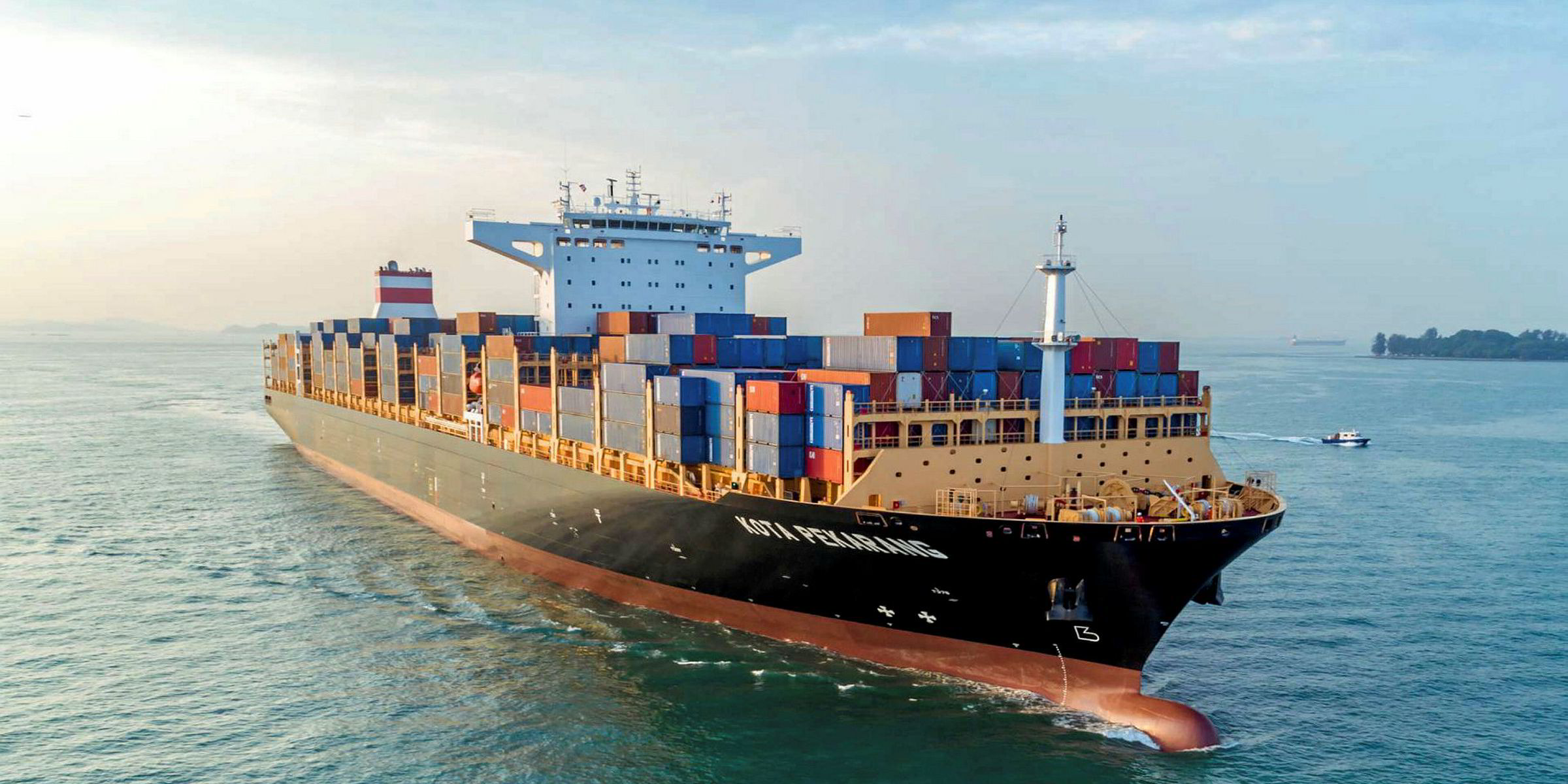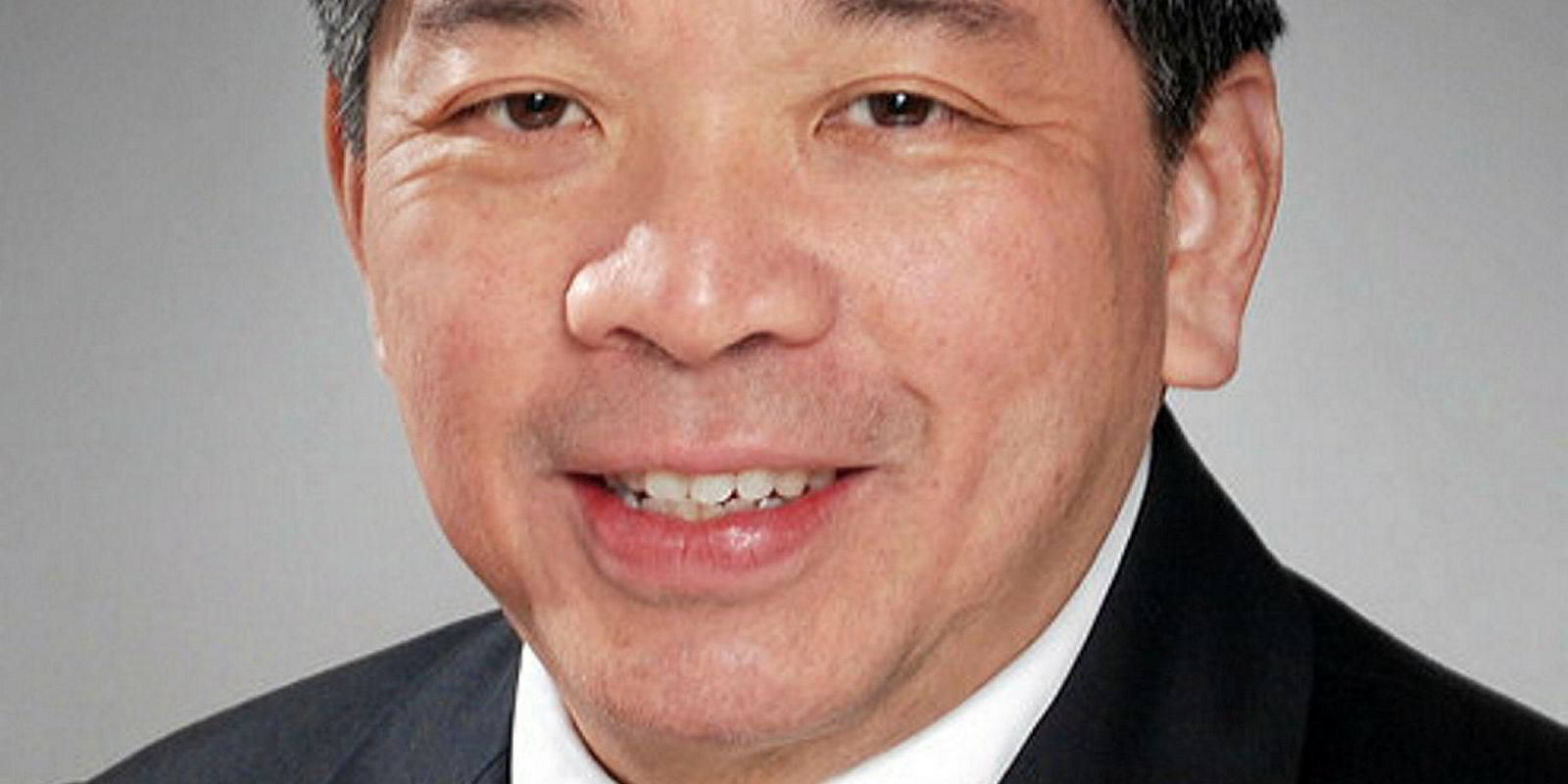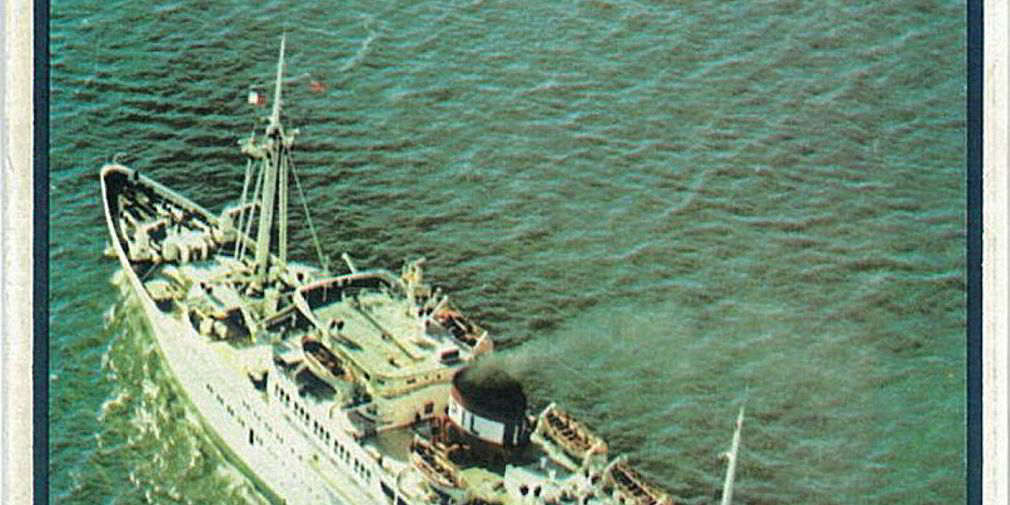Post-panamax boxships have become the standard for the liner industry’s main players, but Pacific International Lines (PIL) has bucked the trend despite being ranked the fourth largest in terms of the number of ships owned.
Chairman and managing director Teo Siong Seng maintains that the company has no need for such big ships, given its focus on niche trades to countries with emerging economies.
The largest ships in the PIL fleet currently are a series of 11,900-teu containerships it ordered at Yangzijiang Shipbuilding in China. Four have already been delivered out of 12 ordered. The ships have been designed to a maximum neo-panamax size capable of using the Panama Canal's larger locks.
The orders raised eyebrows when first placed in 2015 as they were nearly double the size of the 6,600-teu vessels that were then PIL’s biggest boxships.
The company has started deploying the neo-panamaxes in its Middle East and US West Coast services, replacing vessels of about 8,000 teu that had been chartered in. Upcoming deliveries will also be slotted in to these two services.
Teo describes the ships as useful workhorses that are proving to be popular with the industry.
“Some companies have expressed an interest in chartering these ships from us," he says. "Rates are firming up. We are looking at various options.”

Teo indicates that PIL is not interested in ordering any new ships, although it might be keen to acquire secondhand ships should the need arise. Teo reveals that the company has inspected some available tonnage but he has not been impressed with what he has seen.
“We have looked at a number of ships, either to charter or perhaps even buy, but we have been very surprised at their poor condition, even with some very young ships," he says. "Most have been owned by tonnage providers who have been under immense pressure to cut costs, and their managers have had no money to maintain them.
“We have to pay very careful attention to their condition.”
The current PIL-owned boxship fleet covers a wide age and size spectrum, ranging from small feeder-size ships to neo-panamaxes. The outfit acts purely as an operator and is not generally known to be an asset player. Most of its vessels finish their trading lives with the company.
This, together with chartered tonnage, gives it the ability to adapt quickly to market needs. Ships can be shifted according to route capacity requirements, while the overall fleet capacity can be adapted by scrapping older vessels and handing back chartered units when they are no longer required.






